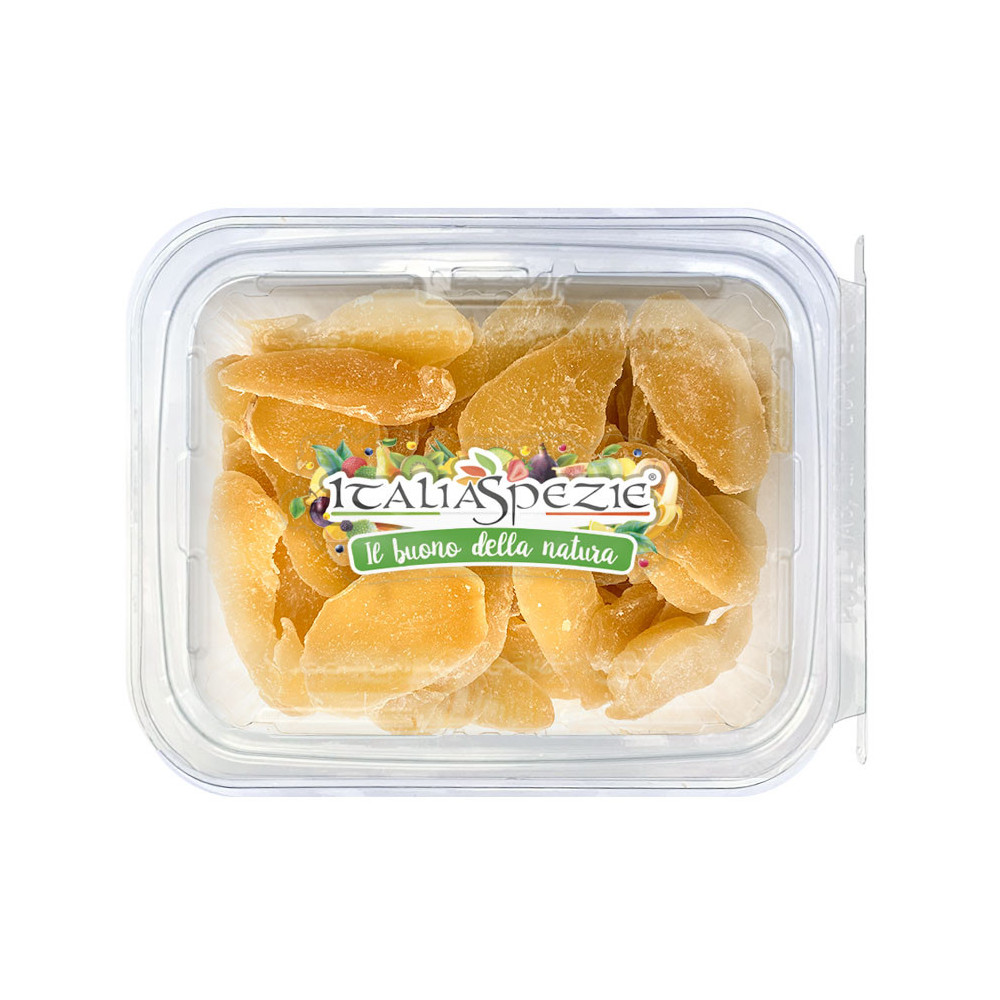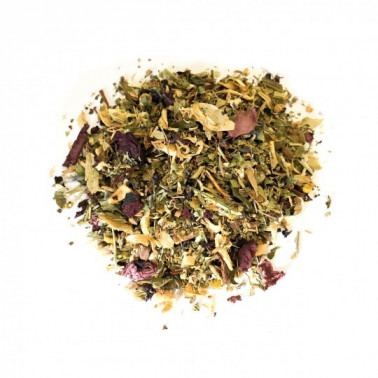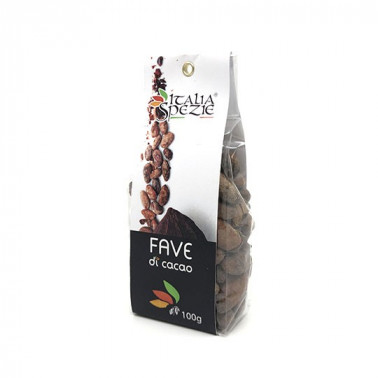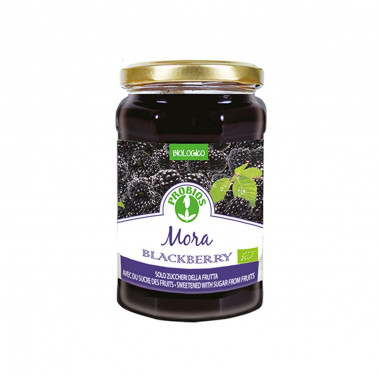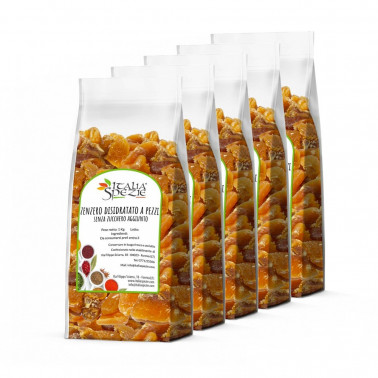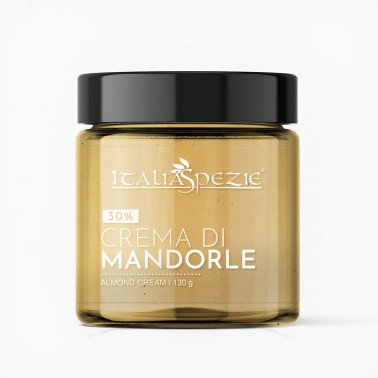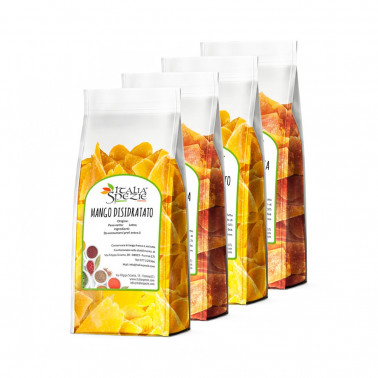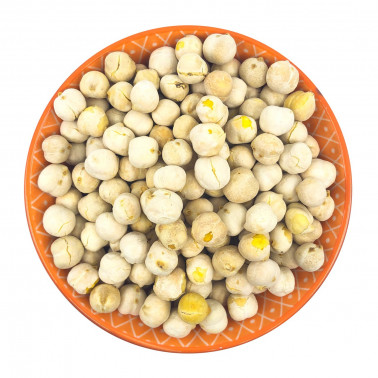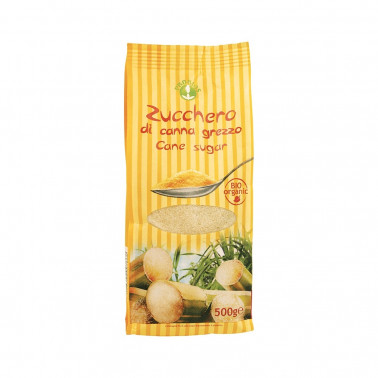Dehydrated Ginger Without Crystallized Sugar (With Icing Sugar) in Slices
Sliced
 Total Rating
Total Rating
Fast Shipping: 1 - 3 working days
Dehydrated ginger with sliced icing sugar
\nORIGIN: Thailand
\nINGREDIENTS: Ginger, Brown Sugar, Preservative E223 (0.01%)
\nMay contain traces of coconut
\nAvailable Formats:
\n- 250g / 500g = 100% recyclable freshness trays\n
- 1 kg / 2 kg = ATX Stand-Up Bags / PA/PE Cushion\n
\n
FREE SHIPPING
For orders starting from 59 €
SECURE PAYMENTS
Guaranteed and secure payments
CUSTOMER SERVICE
VERIFIED REVIEWS
Description
Dehydrated ginger without sugar crystallized with icing sugar
\nIt is very useful to eat a piece of dehydrated ginger in the morning at breakfast or as a mid-morning snack, to indulge in a healthy snack that keeps us away from unwanted hunger attacks, which would inevitably lead to a mess of the diet. A breakfast with a food such as dehydrated ginger also infuses the right energy useful to the body to face the tasks of the day, from study to work.
\n\n
Ginger in history
\nThe ginger, Zingiber officinale Roscoe, is a perennial herbaceous plant of the Zingiberaceae family cultivated for its edible rhizome (underground stem) which is widely used as a spice. Native to India and Malaysia, this plant can reach one meter and fifty in height and is characterized by the branched rhizome, light brown outside and yellow inside, to which the lanceolate leaves cling. The flowers are a color between yellow and green while the seeds of the fruit are contained in a casing divided into three parts.
\n\nProperties and nutritional values of ginger
\nThe caloric content of ginger is about 380 kcal per 100 grams of dehydrated product.
\nGinger, also known as Ginger, has a hint of lemon and lemongrass.
\n\nRecommended consumption
\nThe caloric content of ginger is about 380 kcal per 100 grams of dehydrated product. The ideal daily dose of dehydrated ginger to be taken, should not exceed 30 grams per day, an ideal amount to enjoy all the extraordinary benefits of the spice.
\nProperties and beneficial effects
\nThe richness of vitamin B of dehydrated ginger then accelerates the metabolism decreasing the sense of hunger. Dehydrated ginger, in its natural version, is therefore a precious ally for the diet of those who want to lose weight and lose weight.
\nGinger, contains: water, carbohydrates, proteins, amino acids, various mineral salts including manganese, calcium, phosphorus, sodium, potassium, magnesium, iron and zinc, B vitamins, vitamin E and essential oil.
\n\n
\n
In the Kitchen
\nThere are many recipes that you can try in the kitchen using this spice.
\nOne of the pairings that we like the most is ginger and turmeric: the combo of these two fresh roots together is unsurpassed, for tastes and benefits to the body.
\nKnown is then the ginger juice, simply by grating the fresh spice you will receive a precious juice that you can use on your dishes (salads, mixture of vegetables and meat ...).
\nGinger is also often used with legumes, especially lentils and ginger, accompanied by toasted bread croutons, are a very nutritious and flavored dish.
\nThere are also more delicious recipes to try with fresh ginger root, such as gingerbread cookies or a delicious mousse where dark chocolate is melted with grated flakes of fresh ginger.
\n\n
\n
\n
Conservazione
Successivamente all’acquisto di Dehydrated Ginger Without Crystallized Sugar (With Icing Sugar) in Slices se si intende conservare a lungo, bisogna riporre il prodotto in luoghi freschi e asciutti, al buio, lontano da fonti di calore e umidità.
La condizione ideale di mantenimento è in ambiente refrigerato, la refrigerazione infatti prolunga la conservabilità. Il prodotto può anche essere conservato senza problemi a temperatura ambiente durante la stagione invernale date le basse temperature. Durante l’ estate invece è consigliabile conservare il prodotto in frigorifero o in ambienti il più freschi possibile, in quanto l’aumentare delle temperature potrebbe favorire il deperimento dei prodotti.
Il contenitore ideale dentro cui riporli è il vetro. Grazie alla sua costituzione infatti è impenetrabile ad agenti chimici e gassosi, e avendoottime capacità isolanti termiche mantiene per un tempo più lungo la temperatura iniziale rispetto agli altri materiali. È inoltre costituito esclusivamente da sali minerali, per cui non esiste il pericolo della cessione di materiali organici. Se il vetro è colorato tanto meglio:utilizzando vetri colorati si impedisce l’ingresso di alcune lunghezze d’onda di luce (inclusa quella ultravioletta) e quindi alcune caratteristiche nutrizionali ed organolettiche rimangono inalterate. Essi ci vengono in aiuto anche qualora il prodotto si trovi in condizioni non ideali, ad esempio esposizione al calore o al sole.
È importante anche il tipo di chiusura del contenitore: un tappo ermetico fa si che l’alimento sia protetto da un eccessivo contatto con l’ossigeno che può condurre a ossidazione lipidica e che può essere essenziale per i batteri aerobi.
L’ambiente è sempre bene che sia ben areato: ventilando i locali si mantiene sotto controllo l’umidità interna che fuoriesce dalle finestra, garantendo il giusto equilibrio, il che aiuta a sfavorire l’insorgere di muffe.
Nutrition Facts
- Calories
- 380 kcal / 1590 KJ
- Fat
- 0 g
- Sodium
- 55 mg
- Carbohydrates
- 94 g
- Sugars
- 75 g
- Proteins
- 0 g
- Fibers
- 1 g
- Saturated fats
- 0 g
WARNINGS: The advice dispensed is in no way to be considered of medical / prescriptive value . The information provided is for purely informative and informative purposes, therefore it is not intended in any way to replace medical advice. In the presence of pathologies it is always necessary to consult your doctor.
The images are inserted for illustrative purposes, the product may undergo changes based on stock availability and the selected weight.
Information
Origin
Thailand
Reviews
Ginger without dehydrated sugar
0 of 0 people found the following review helpfulI found the vs. excellent quality products, not for nothing now for several years that we consume them in the family. Regular way.
Excellent
0 of 0 people found the following review helpfulFinally a product of excellent quality, congratulations.

